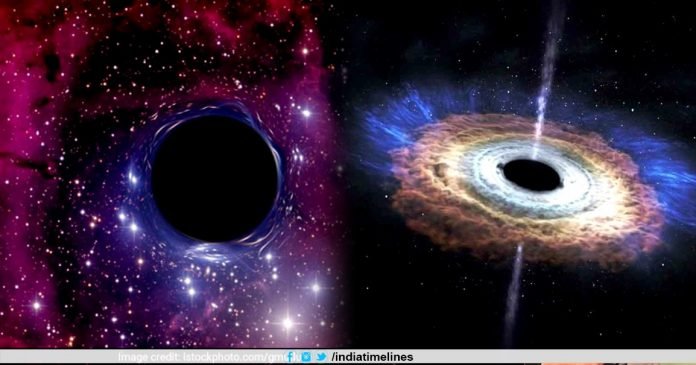
Astronomers discover 83 supermassive black holes- New York: An international team of astronomers has discovered 83 “Quasar”, a highly brightly active galactic nucleus that is operated by Supermassive black holes in distant Cosmos, from a time when the universe is up to 10 percent of its present age was less. When the gas accumulated on it, it appears a Giant Black Hole, which makes it shine from Quasar.
Using the vast Subaru Telescope located in the Observatory of Muna Kea in Hawaii, scientists from Japan, Taiwan, and America focused their focus on the objects located about 13 billion light-years from Earth. They found 83 new quasars far away. 17 With Quasar, already known in the survey area, the researchers found that there was almost one super-black black hole per cubic Giga light year.
Astronomers discover 83 supermassive black holes
From the search, the number of black holes known in that era is greatly increased and it first shows how common they are in the history of the universe. Yoshiki Matsuoka, the chief author of Ehime University in Japan, said, “The queries we searched for will be an interesting topic for follow-up comments with current and future facilities.”
Matsuoka said, “We will also learn about the formation and initial development of the supermassive black hole by comparing the measured density and brightness distribution with predictions from the theoretical model.”
The study provides new insights into the effect of black holes on the physical condition of the gas in the early universe in its first billion years. The supermassive black holes found at the centers of galaxies can be millions or even billions times larger than the Sun, and possibly 13.8 billion years ago, after the Big Bang, were born in the first few hundred million years. For the latest updates and trending news, you can visit www.indiatimelines.com.
Professor co-authors Michael Strauss at Princeton University said, “It is notable that after the Big Bang, such large objects were able to build soon.” “Understanding how black holes can become in the early universe, and how ordinary they are, is a challenge for our cosmological models,” said Strauss.
This research appears in a series of five papers published in the publication of The Astrophysical Journal and the Astronomical Observatory of Japan.






























